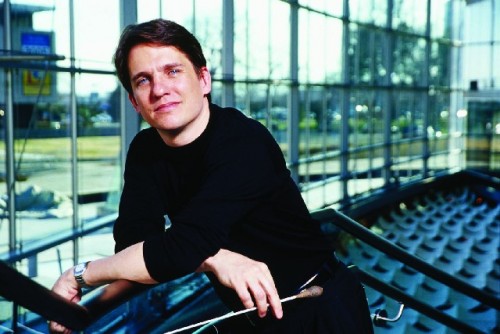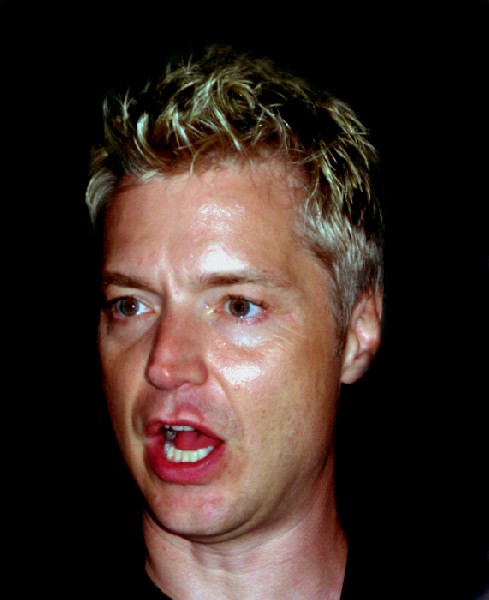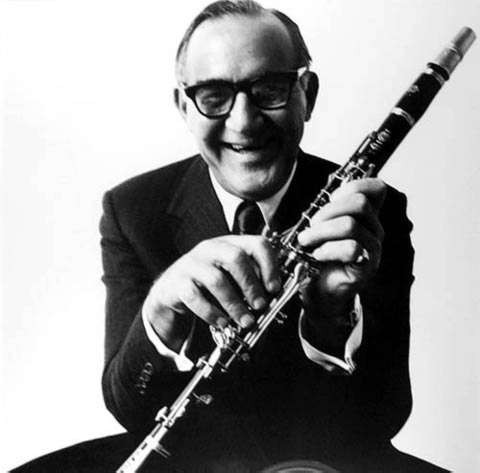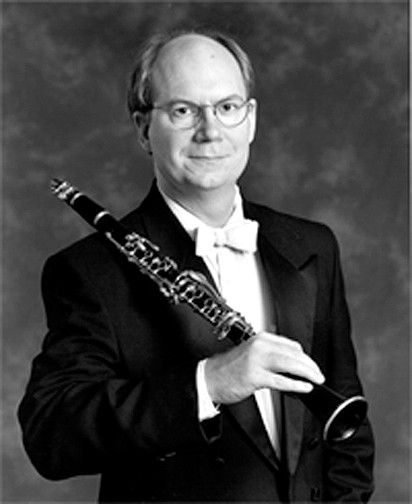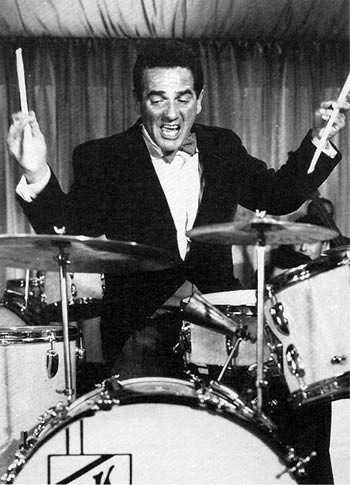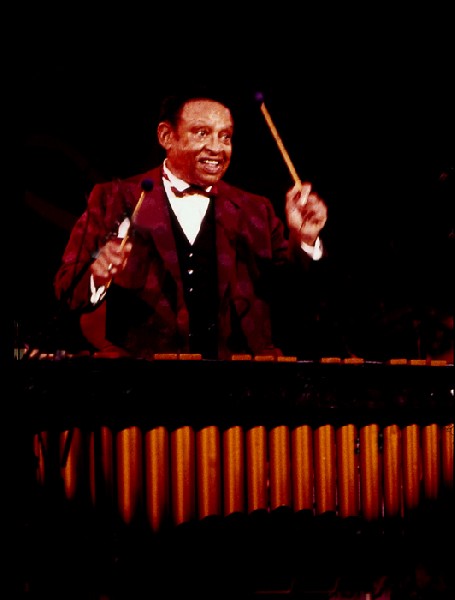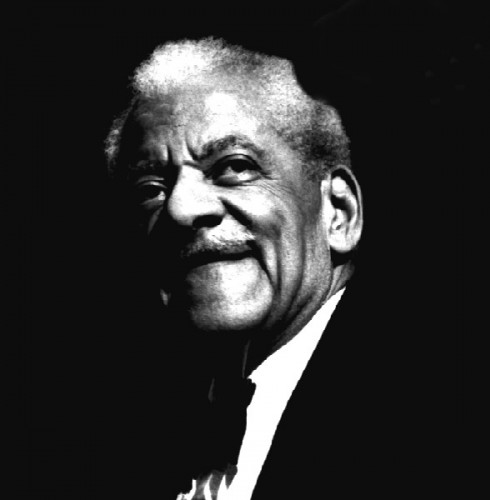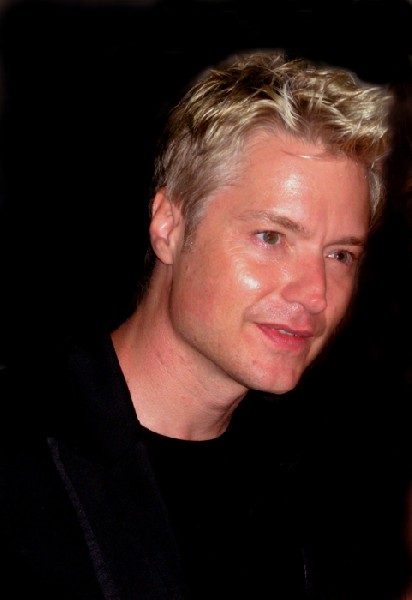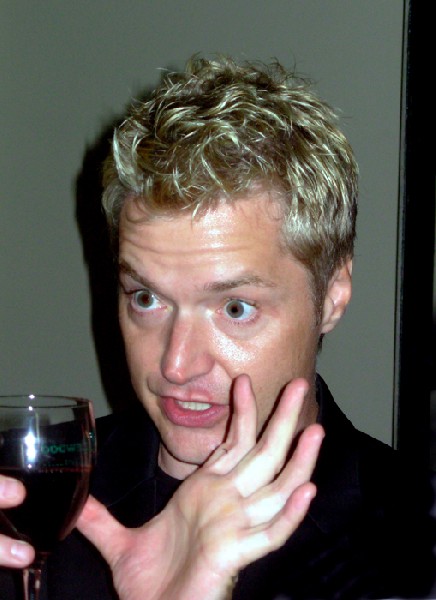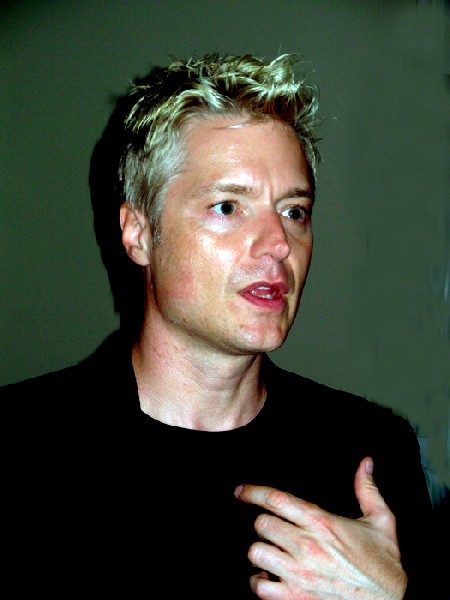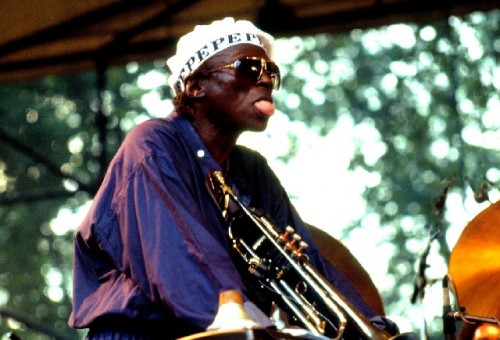Chris Botti at Tanglewood
Pops Tribute to Benny Goodman
By: Charles Giuliano - Aug 08, 2009
For those filling the Shed and packed onto the lawn for a program of Pops with guest artist, trumpet star Chris Botti, and a tribute to Benny Goodman, it was the most fun of the summer. Greeting the audience conductor Keith Lockhart noted that it was a "perfect August night."
In a nod to John Williams, the Laureate Conductor of the Pops, the evening started with a rousing blast of his "Summon the Heroes" with punches of brass including the solo trumpet of Thomas Rolfs.
Setting the stage for the Goodman tribute Lockhart stated that it is now 100 years since his birth in Chicago. At the age of 10 he was given a second hand clarinet. By 18 Goodman fronted his own band. When the Fletcher Henderson band broke up Goodman bought the arrangements and hired him to teach the charts to the musicians. This created the fusion of a white band playing black music. It spawned a new style of Big Band Swing which struggled initially but was a sensation by the mid 1930s. Goodman became known as the King of Swing. During an era of Jim Crow the orchestra was one of the first to be integrated. For a time Billie Holiday was the singer. She recorded with Goodman but life on the road was impossible for her. Then the black musicians, pianist, Teddy Wilson (1912-1986) and Lionel Hampton (1908-2002), vibes joined. With drummer, Gene Krupa (1909-1973), they formed the renowned Goodman quartet.
On January 16, 1938 Goodman achieved a landmark in the history of jazz as the first band to play Carnegie Hall. In addition to playing jazz Benny was also an accomplished classical musician. So playing that famous venue proved to be daunting. He was unsure of himself and the ability to live up to the occasion. Accordingly, he invited members of the Count Basie and Duke Ellington bands to sit in and jam. While the evening started to tepid response, when they broke into "Sing Sing Sing" with its galvanic Krupa solo, they blew the lid off the hall.
For decades the occasion was just a memory. Then Goodman found some acetates in the closet which had been made as air checks for a radio broadcast. They were remastered and released as a double set of LPs on Columbia Records. The band never sounded better and it marked the high water mark of the swing era. Significantly, the next day the band broke up with Krupa, trumpeter Harry James, and Hampton leaving to start their own bands. Wilson departed to become the regular accompanist for Billie Holiday. The war broke out a couple of years later and after that the big bands gave way to the small combos of bop.
In the wonderful Goodman tribute that filled the first half of a great evening of Pops the solos of Goodman were performed with perfection by Thomas Martin. Recreating the Goodman quartet were the veteran jazz artists James Gwin, drums, Bob Winter, piano and J. William Hudgins, vibes.
Building around that nucleus Lockhart got the Pops to swing. Gone man, gone. Benny would have loved it. The musicians seemed to be having a ball including the horn section standing and riffing swinging their instruments in sync with the music.
The set included several Goodman classics starting with the theme song "Let's Dance." Lockhart informed us that Goodman was one of the first to be sued for copyright when the estate of Verdi claimed that "Avalon" was stolen from "Tosca." To allow us to hear the difference Martin and the orchestra opened with the theme from the opera and then dropped into Goodman's arrangement. Lockhart stated that the case was settled out of court.
In a reference to Goodman's status in the classical world Lockhart conducted an excerpt from Copeland's "Clarinet Concerto" which was composed for Goodman. It seemed to slow down the groove but got back on track with "Clarinade." Then the Pops busted it open ending the set with the Goodman anthem "Sing Sing Sing." Gwin was spot on providing not just a drum solo but evoking the spirit of Krupa. He had a style of using a lot of tom tom, snare, and bass drum. There was a tubby bottom sound in his technique. It would become dated as later drummers developed more use of the high hat and ride cymbals. But that solo on "Sing Sing Sing" was Krupa's enduring masterpiece.
After intermission there was a very different mood as the music changed from an archival recreation of the swing era to focus on one of the most admired contemporary masters. Like Goodman, trumpet star, Chris Botti, seems to straddle the worlds of jazz and classical music.
Significantly, Botti's set began with the traditional "Ave Maria." He started by playing it straight demonstrating his richly resonant tone. Then he bent and distorted the notes deflecting and shaping them into his own interpretation of the sacred anthem. It is just the kind of confluence of the familiar and popular, combined with a fresh interpretation, that has earned such a wide following. Add to that movie star looks and a shock of spiky blond hair.
From there he cut into a groove with many twists and turns on the standard "When I Fall in Love It Will Be Forever" by Edward Heyman and Victor Young. It was a hit for Nat King Cole and then later for Stevie Wonder. Stepping aside he let his combo kick it around. William Childs stretched out on piano with riffs by Mark Whitfield on guitar. Tim Lefebvre played bass with Billy Kilson on drums. Botti told us that Childs has been an eight time Grammy nominee winning twice. He was also recently awarded a Guggenheim fellowship.
"What an honor to be on this stage" Botti said. "With one of the world's great conductors, Keith Lockhart, leading one of the great orchestras. This is one of the best and most famous outdoor concert halls in the world with wonderful acoustics. We are here as a part of our five and a half year long world tour. Tonight we opened with our number one hit 'Ave Maria' from the new DVD 'Chris Botti in Boston.' How many of you were there that night?"
Typically as the evening progressed he would switch genre and style from classical to jazz and pop. He played "Caruso" in tribute to Luciano Pavarotti taking delight in expanding opera to a broad audience.
In forming his jazz style Botti appears to owe a lot to Miles Davis. He often comps and vamps in that familiar, easy, sensual mid range with incredible tone and vibrato. Unlike Miles he also hits the high notes, as he did on "Ave Maria" thrilling the audience, evoking Dizzy Gillespie or Maynard Ferguson. Last night he played a special tribute to Davis and the 50th anniversary of what has been voted by critics as the greatest all time recording "Kind of Blue." It was released on August 17, 1959. Honoring the occasion on August 17 there will be special event and concert at the Lenox Public Library. The tribute is being organized by musicologist, Jeremy Yudkin, and will feature comments and live music.
Introducing "Flamenco Sketches" from "Kind of Blue" Botti noted the remarkable restraint of Davis as well as John Coltrane, tenor, and Cannonball Adderley, alto. "There are no lyrics and no melody. He just gave them five chords to play." He then rendered a stunning version of the Davis classic. It started with mute and then opened up.
Botti introduced guest artists. Sy Smith, the cousin of the guitarist Mark Whitfield who sang Dusty Springfield's "Look of Love." It was planned that this would be followed by the violinist Lucia Micarelli. But Botti announced that she just had an accident entailing a hand injury. He wished her a speedy recovery. Instead Caroline Campbell performed a duet with Botti on the gorgeous "Emanuelle."
Botti was most generous in sharing the stage with the other artists. With "Indian Sun" it was time for Billy Kilson to be featured on drums. He performed an adventurous solo that roused the audience.
After Botti and his musicians departed, in true Pops tradition, Lockhart waved the flag with the Sousa march "Stars and Stripes Forever." This was one for the books. It just doesn't get any better.

